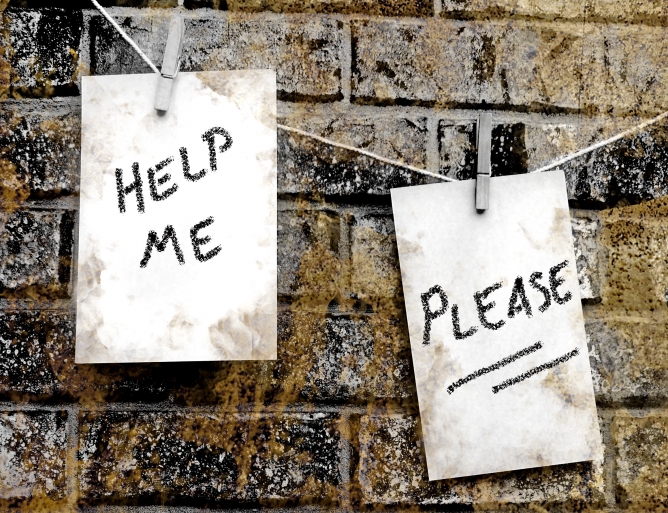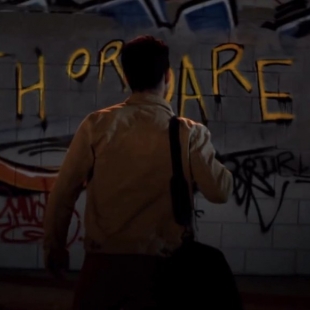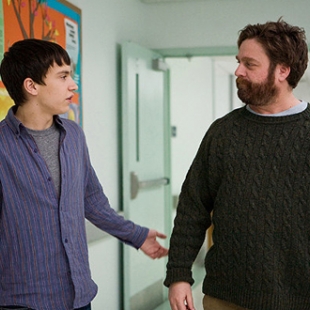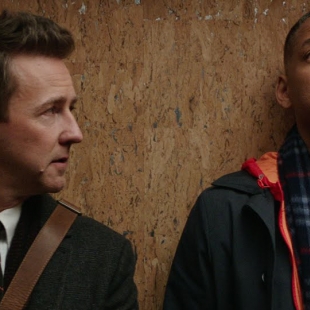The Dangerous Dare of Suicide Themes in Entertainment
This weekend (April 13, 2018) saw the release of yet another horror movie targeting teen audiences. No, that’s not news. But what did shock me about Truth or Dare was the portrayal of multiple suicides by young college students for the sole purpose of entertaining audiences.
The film centers on a female protagonist who unwittingly gets involved in the pastime while on a spring break vacation with friends. The group of guys and gals soon discover if they don’t tell the truth or accept the dare, someone will die. When they try to work around the dangerous dares by only accepting “truth” questions, they learn even being honest isn’t good enough for the evil spirit haunting the game. Now the young participants feel forced into situations where there are no other options: either they complete the dares (some put lives at risk, others out rightly demand a person be shot) or they kill themselves (a martyr’s choice that appears heroic).
The entertainment industry is always anxious to get teens into theaters or in front of video screens. Yet are monetary goals so important that they are willing to turn a blind eye to the possibility their products could be causing real world harm to audiences?
That question haunted Netflix when it released of 13 Reasons Why. The mini-series featured an adolescent girl who commits suicide and leaves behind a dramatic series of audio tapes that details the reasons why she took her life.
A year later and we’re discovering what so many of us instinctively knew: At risk audiences may be motivated to try dangerous, self-harming actions after viewing, reading or listening to media materials that depict or report on suicide. In fact this issue is so serious the World Health Organization released a white paper report, way back in 2000, specifically asking journalists to follow guidelines when dealing with these sensitive topics.
So, if it’s known that news stories discussing suicide can motivate imitative behavior, wouldn’t the same guidelines be even more applicable when constructing a dramatized, fictional depiction?
Netflix has enjoyed huge attention since it launched the controversial 13 Reasons Why. But not all of that has been positive. While some advocates for the series suggested it would open discussions on this important topic and perhaps prevent suicides, others feared stirring up curiosity, or sensationalizing the behavior, might do just the opposite.
In July 2017, scientists were warning about a rising trend of people entering search terms into Google, such as “how to commit suicide”. In October 2017 a full academic report released the results. One of the coauthors of this research, John W. Ayers with San Diego State University, told web publisher Fatherly.com, “The time for debate is over.”
Ayers and his colleagues are asking Netflix to immediately remove the series or edit it to conform with WHO’s recommendations. Says Ayers, in response to 13 Reasons Why, “I’d create a show that offers a message those contemplating suicide need to hear – a success story of how someone contemplating suicide sought and was given help, and persevered to have a full life.”
Netflix did produce a half-hour video titled 13 Reasons Why: Beyond The Reasons with cast members and mental health professionals who discusses the series’ disturbing elements, however this video sits apart from the show itself.
The movie Truth or Dare is just another example of how at risk audiences, young and old, are exposed to dangerous messages in media. A quick search on the Internet will reveal literally hundreds more movies, plus TV shows, books and music with suicidal themes. Sometimes these messages are wrapped in gentle scenarios, like the romance Me Before You that distressingly concludes an otherwise healthy individual struggling with a physical handicap (in this case paralysis following an accident) has no future worth living for. (This film raised issues from those advocating for the disabled and the depictions of disabled people in mainstream media.)
And the final kicker? Season 2 of 13 Reasons Why has been produced and is ready for release. (At the time of this post, the date in not yet set.) Season 1 is also still available to viewers.
No matter what the real world outcomes are, the truth appears to be that dollars will continue to drive entertainment executives. And they will dare to continue creating money-making products – even if it kills them and us.
PS: In keeping with WHO’s recommendations, here are two movies about mental illness that offer hope and healing:
It’s Kind of a Funny Story
Collateral Beauty
Also, here are two related articles:
13 Reasons Why and the Portrayal of Teen Suicide
New Research Uncovers the Medical Mysteries of the Teenage Brain






